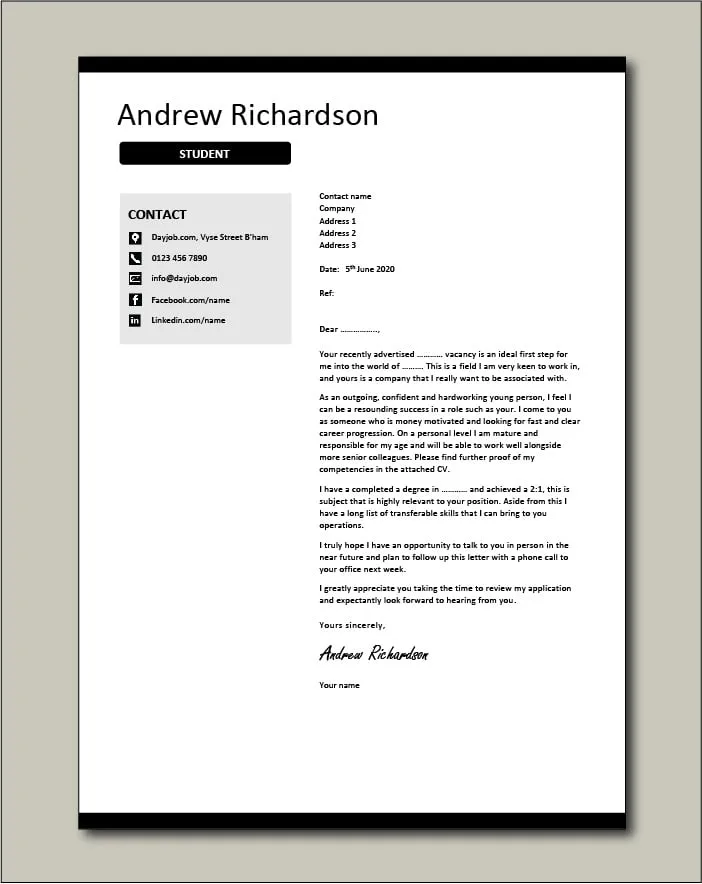What is a Cover Letter
A cover letter is a crucial document that accompanies your resume when applying for a job or internship. It serves as a personal introduction, allowing you to highlight your qualifications, skills, and experiences in a way that a resume alone cannot. Think of it as your first impression, a chance to showcase your personality, enthusiasm, and how you align with the company’s values and the specific role. It’s an opportunity to connect with the hiring manager on a more personal level, providing context to your resume and demonstrating your genuine interest in the opportunity. A well-crafted cover letter can significantly increase your chances of getting noticed and securing an interview.
Why is a Cover Letter Important
In today’s competitive job market, a cover letter is more than just a formality—it’s a strategic tool that sets you apart from other applicants. It gives you the chance to elaborate on your qualifications and demonstrate how your skills and experiences align with the specific requirements of the job. Unlike a resume, a cover letter allows you to tell a story, expressing your passion for the role and the company. It shows employers that you’ve taken the time to research the company and understand their needs. Furthermore, a cover letter helps you address any potential gaps in your resume, such as a career change or a lack of direct experience, by framing your skills in a way that highlights your transferable abilities and willingness to learn.
Key Components of a Cover Letter
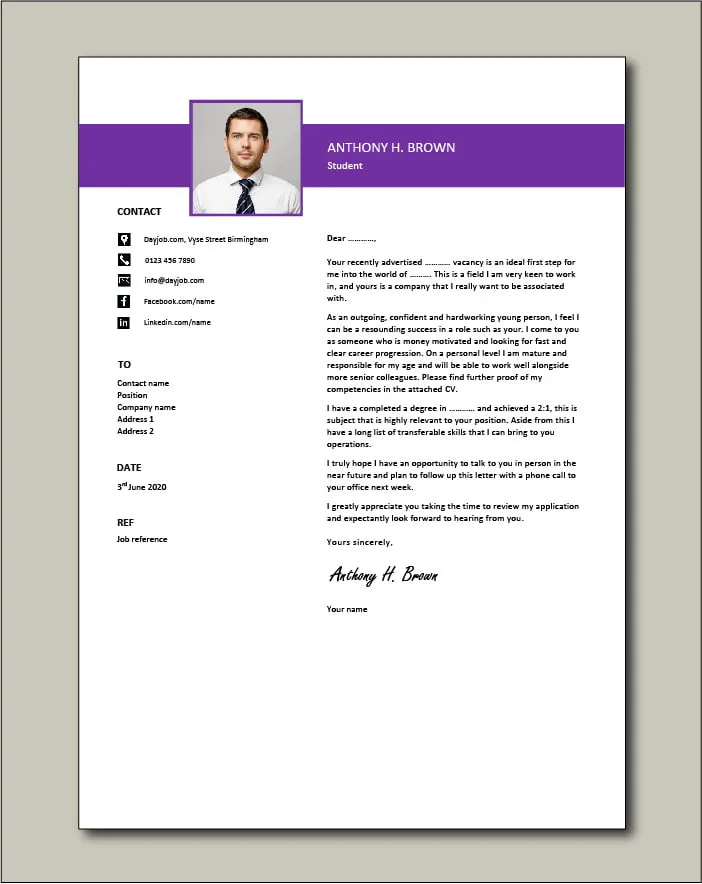
A compelling cover letter includes several key components that work together to make a strong impression. Each part serves a specific purpose in conveying your qualifications and enthusiasm. Starting with a professional header that includes your contact information and the date. Followed by a personalized salutation addressing the hiring manager by name (when possible). The opening paragraph should immediately grab the reader’s attention, stating the position you’re applying for and how you learned about it. The body of the letter is where you highlight relevant skills, experiences, and accomplishments, always tailoring them to the job description. And finally, a closing paragraph should reiterate your interest, thank the reader, and include a call to action, such as expressing your availability for an interview.
Header Details
The header of your cover letter is the first thing the hiring manager sees, so it’s crucial to make it neat, professional, and easy to read. Include your full name, address, phone number, and email address. Make sure your email address sounds professional (e.g., firstname.lastname@email.com) and avoid using a casual or unprofessional address. The date should be included below your contact information, followed by the hiring manager’s name and title (if known), the company name, and the company’s address. Correct formatting and accurate information in your header set the tone for the rest of your cover letter, showing attention to detail and professionalism.
How to Address the Recipient
Addressing the recipient by name is a critical step in personalizing your cover letter and showing you’ve done your research. If you know the hiring manager’s name, use it in your salutation (e.g., “Dear Mr./Ms. [Last Name]”). This demonstrates that you’ve taken the time to learn about the company and the role. If the name isn’t available, research the company website, LinkedIn, or contact the company’s HR department. When you can’t find a specific name, use a professional alternative like “Dear Hiring Manager” or “Dear [Department Name] Team.” Avoid generic greetings such as “To Whom It May Concern,” which can make your letter feel impersonal. Always double-check the spelling of the name to ensure accuracy and show respect.
Opening Paragraph Strategies
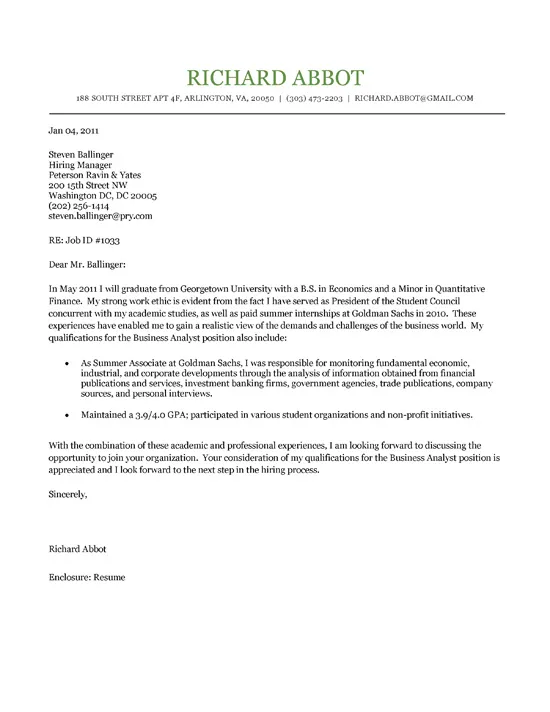
Your opening paragraph should immediately capture the reader’s attention. Start by clearly stating the position you’re applying for and where you found the job posting. Quickly highlight your strongest qualifications or a key accomplishment that makes you stand out. Express your enthusiasm for the role and the company, demonstrating that you’ve researched their mission and values. Keep it concise and impactful, creating a compelling hook that encourages the hiring manager to read the rest of your letter. You want to show your personality while also highlighting what you have to offer.
Highlighting Your Skills and Experiences
The body of your cover letter is where you showcase your skills and experiences, demonstrating how they align with the job requirements. Use specific examples from your education, internships, or previous roles to illustrate your abilities. Structure your content logically, focusing on the most relevant skills and achievements. Match your skills and experiences with the keywords from the job description. Instead of merely listing your qualifications, explain how you’ve applied those skills in a practical setting and what results you achieved. Tailor each example to the specific requirements of the job. The goal is to provide concrete evidence that you are the ideal candidate.
Showcasing Relevant Skills
Identify the key skills required for the job and then highlight your proficiency in those areas. Refer to the job description, look for the essential and preferred qualifications, and then provide evidence of your skills through specific examples. For instance, if the job requires project management skills, describe a project you managed, the challenges you faced, and the positive outcomes you achieved. Use action verbs to describe your accomplishments (e.g., “Managed,” “Led,” “Developed,” “Implemented”). Show, don’t just tell; provide concrete instances that illustrate your skills. The more specific you are, the more convincing your cover letter will be.
Quantifying Achievements
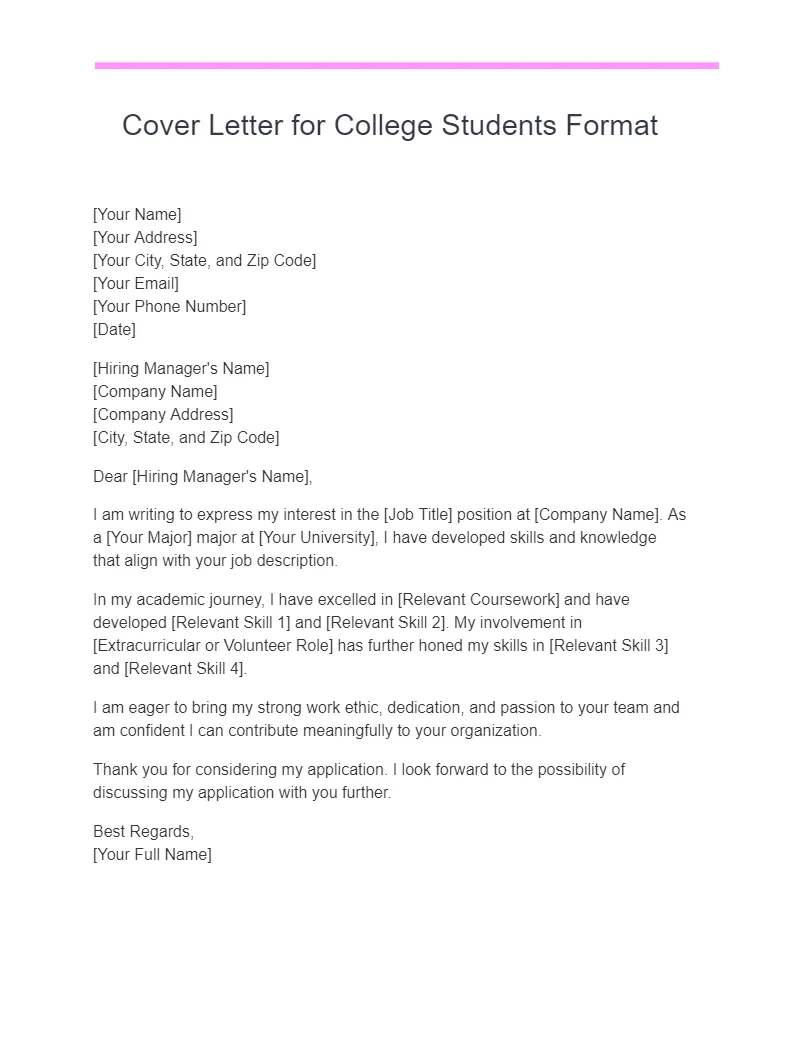
Quantifying your achievements strengthens your cover letter and makes your accomplishments more impactful. Use numbers and data to demonstrate your contributions. Instead of saying, “Improved customer service,” say, “Increased customer satisfaction scores by 15% through implementing a new feedback system.” Use metrics like percentages, dollar amounts, or other measurable results to highlight your successes. These figures give the hiring manager concrete evidence of your abilities and the value you can bring to the role. When possible, compare your achievements to the overall performance of the team or the company to provide context.
Expressing Enthusiasm and Interest
Throughout your cover letter, express your enthusiasm for the role and the company. Show that you are genuinely interested in the opportunity and excited about the prospect of contributing to their success. Mention specific aspects of the company that appeal to you or align with your career goals. This might include their mission, values, or recent achievements. Explain why you’re drawn to the specific role and what you hope to accomplish in that position. This positive attitude demonstrates that you’re not just looking for any job but that you’re specifically interested in this particular opportunity and can bring a fresh perspective to the company.
Tailoring Your Cover Letter
A generic cover letter won’t make a lasting impression. Tailoring your letter to each job application is essential for success. Before writing, carefully review the job description and identify the key requirements and skills. Research the company, and understand their mission, values, and recent achievements. Use this information to customize your cover letter, highlighting how your experiences and skills directly align with their needs. Incorporate keywords from the job description and provide examples of how you’ve demonstrated those skills in previous roles or educational experiences. Customize your letter to reflect your genuine interest in the specific opportunity and show that you have what it takes to succeed.
Formatting and Design
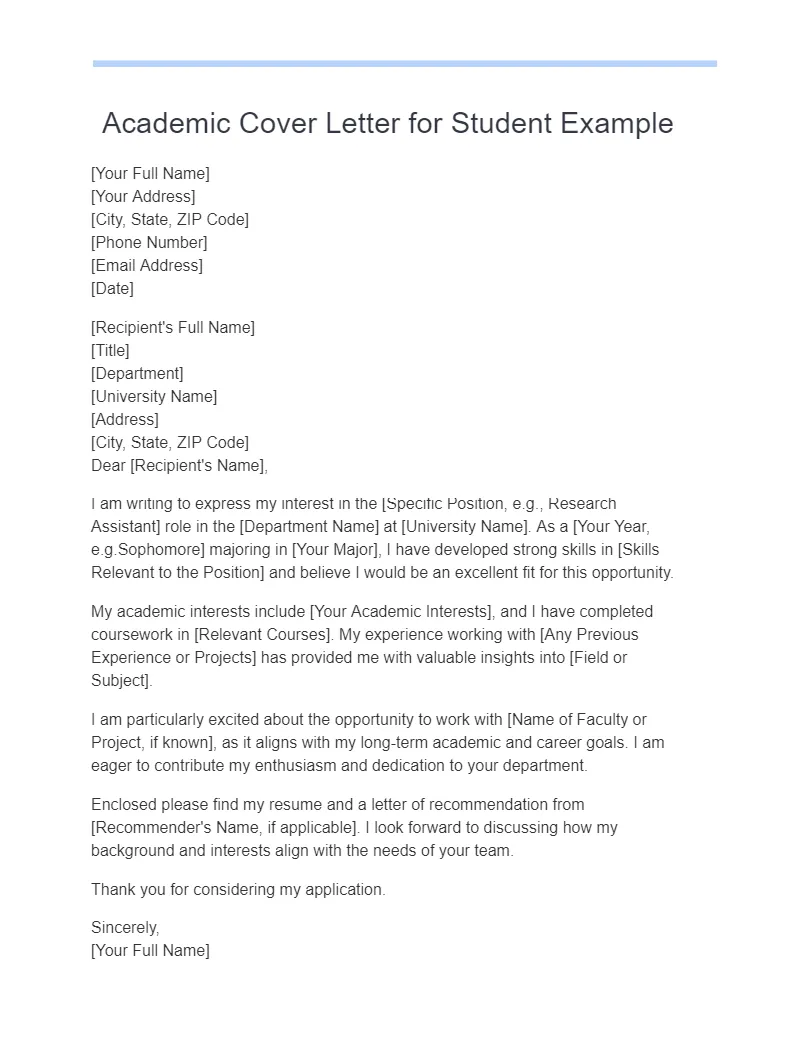
The formatting and design of your cover letter are as important as the content. A well-formatted letter is easy to read and visually appealing, making a positive first impression. Use a professional font, such as Arial, Calibri, or Times New Roman, in a standard size (11 or 12 points). Ensure consistent formatting throughout the document, including spacing, alignment, and bullet points. Use clear headings and subheadings to break up the text and make it easier for the reader to scan. Keep the letter concise, aiming for no more than one page. Proofread carefully for any formatting errors, and make sure your letter looks polished and professional before submitting it.
Proofreading and Editing
Proofreading and editing are critical steps in the cover letter writing process. Even a minor error can detract from your credibility and make you appear careless. After writing, carefully review your cover letter for any grammatical errors, typos, or spelling mistakes. Read it aloud to catch any awkward phrasing or unclear sentences. Have a friend, career counselor, or family member review your letter for a fresh perspective. They can identify errors you might have missed. Ensure the content is clear, concise, and easy to understand. Proofread again right before submitting your cover letter. Make sure your contact information is correct, and the document is in the right format.
By following these guidelines and examples, you can create a compelling cover letter that effectively showcases your skills, experiences, and enthusiasm, increasing your chances of landing your dream job.
